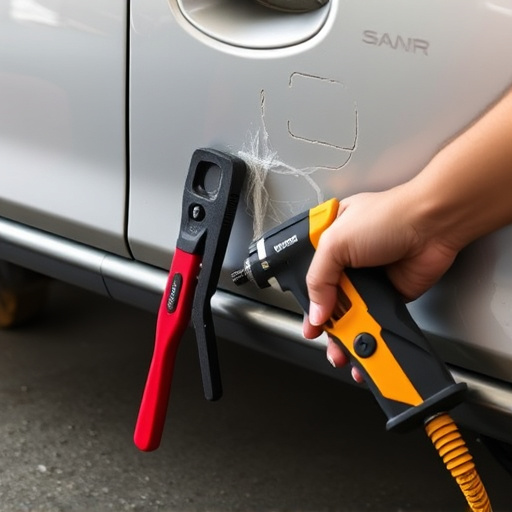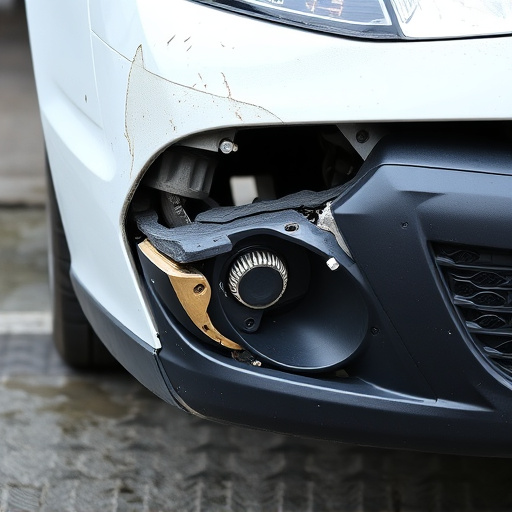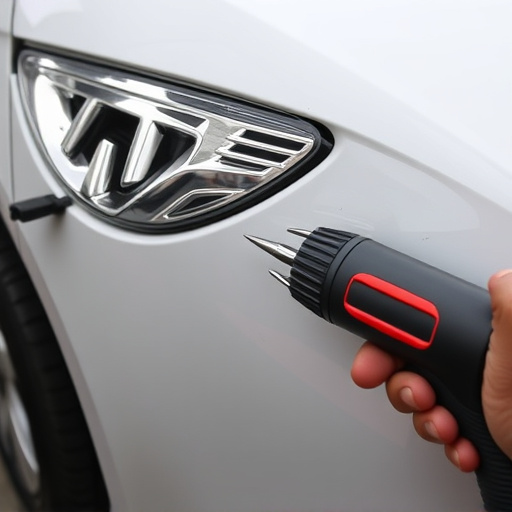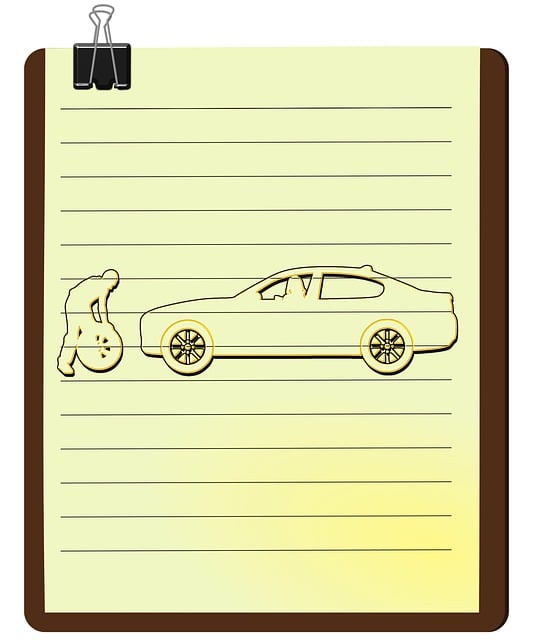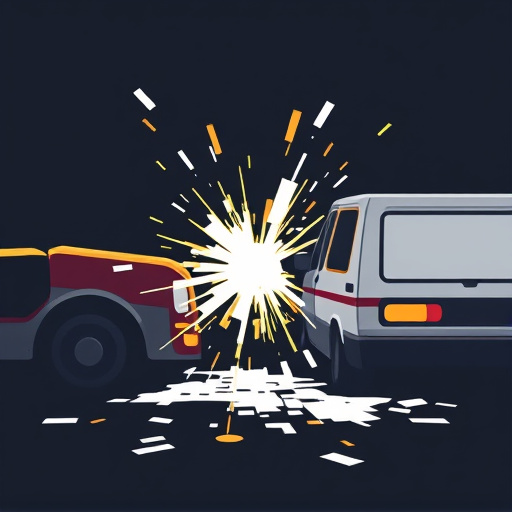Towing to a collision center is crucial for efficient fender bender management, significantly impacting repair timelines. Proximity of well-equipped centers minimizes wait times, enabling swift access to tools and trained technicians for faster restoration. Efficient logistics streamline transportation processes, reducing delivery delays and enhancing overall claim processing efficiency for insurance companies and policyholders.
Towing to a collision center is an integral part of the auto repair process, but it can significantly impact overall timeline. Understanding how distance and logistics affect transport time is key to optimizing repair frameworks. This article delves into the intricacies of towing processes in collision repair, explores the influence of distance on vehicle movement, and highlights efficient strategies to minimize delays, ensuring swift and effective vehicle restoration.
- Understanding Towing Processes in Collision Repair
- Impact of Distance on Vehicle Transport Time
- Efficient Logistics: Minimizing Repair Delays
Understanding Towing Processes in Collision Repair
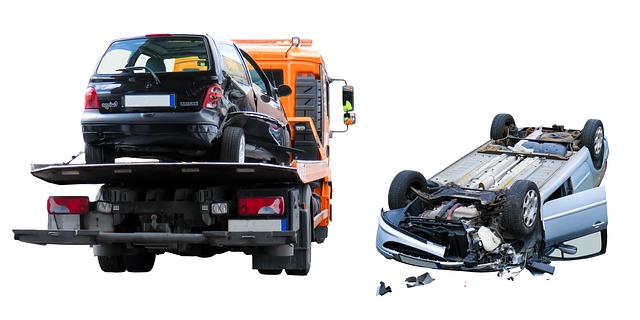
Towing to a collision center is an integral part of the process for many fender bender incidents. It’s crucial to understand how this step impacts overall repair timelines. When a vehicle experiences a collision, immediate safety checks are conducted, and if the damage is severe, towing becomes necessary. The process involves careful handling of the vehicle to prevent further harm, which is particularly important in cases involving auto body repair.
Collision centers often have specialized equipment and trained technicians ready to assess and fix damages, including car paint repair. Towing ensures that these facilities can accommodate a wide range of vehicle types and sizes, providing efficient service. Efficient towing practices directly contribute to faster turnaround times for auto body repair, ultimately helping customers get back on the road sooner after a fender bender incident.
Impact of Distance on Vehicle Transport Time

The distance a vehicle travels from the accident scene to a collision center plays a significant role in the overall repair timeline. When a car is severely damaged and requires immediate attention, efficient towing services become a critical factor in minimizing repair time frames. The transport process itself can impact the speed at which the automotive body shop can begin repairs. Longer distances mean more time spent on transportation, potentially delaying the initial assessment and disassembly of the vehicle.
Given the urgency often associated with collision repairs, every minute counts. Towing to a nearby, well-equipped collision center ensures that technicians have quick access to the necessary tools and facilities. This efficiency is especially crucial for complex car bodywork services where precision and speed can make a substantial difference in restoration quality and overall repair costs.
Efficient Logistics: Minimizing Repair Delays
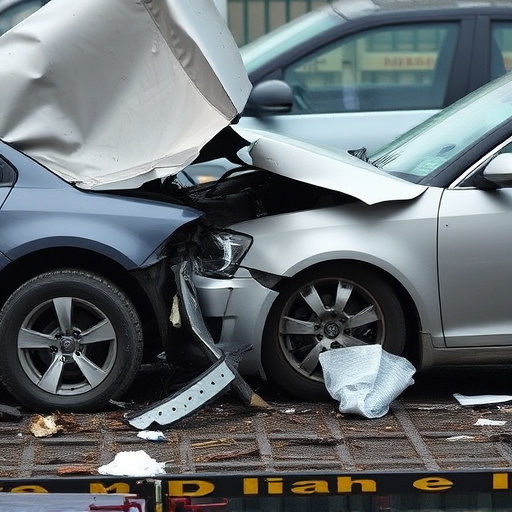
Efficient logistics play a pivotal role in minimizing repair delays when it comes to towing vehicles to a collision center. By streamlining the process of transporting damaged cars, trucks, or other vehicles, tow truck operators can significantly impact the overall turnaround time for repairs. This involves careful coordination and strategic planning to ensure that the affected vehicles reach their designated car body shop or fleet repair services swiftly and safely.
A well-organized towing system means efficient drop-off and pick-up times at the collision center, reducing wait periods. Promptly addressing vehicle issues allows collision repair services to begin work immediately, leading to quicker repairs and faster restoration of vehicles to their pre-accident condition. This, in turn, benefits both insurance companies and policyholders, as it contributes to more efficient claim processing and reduced out-of-pocket expenses for customers.
Towing a vehicle to a collision center is an essential step in the repair process, but it can significantly impact overall turnaround time. By understanding the factors influencing transport duration, such as distance and efficient logistics management, collision centers can optimize their operations. Minimizing delays in towing to collision centers ensures faster repairs, enhances customer satisfaction, and ultimately contributes to a smoother post-accident experience for all parties involved.
